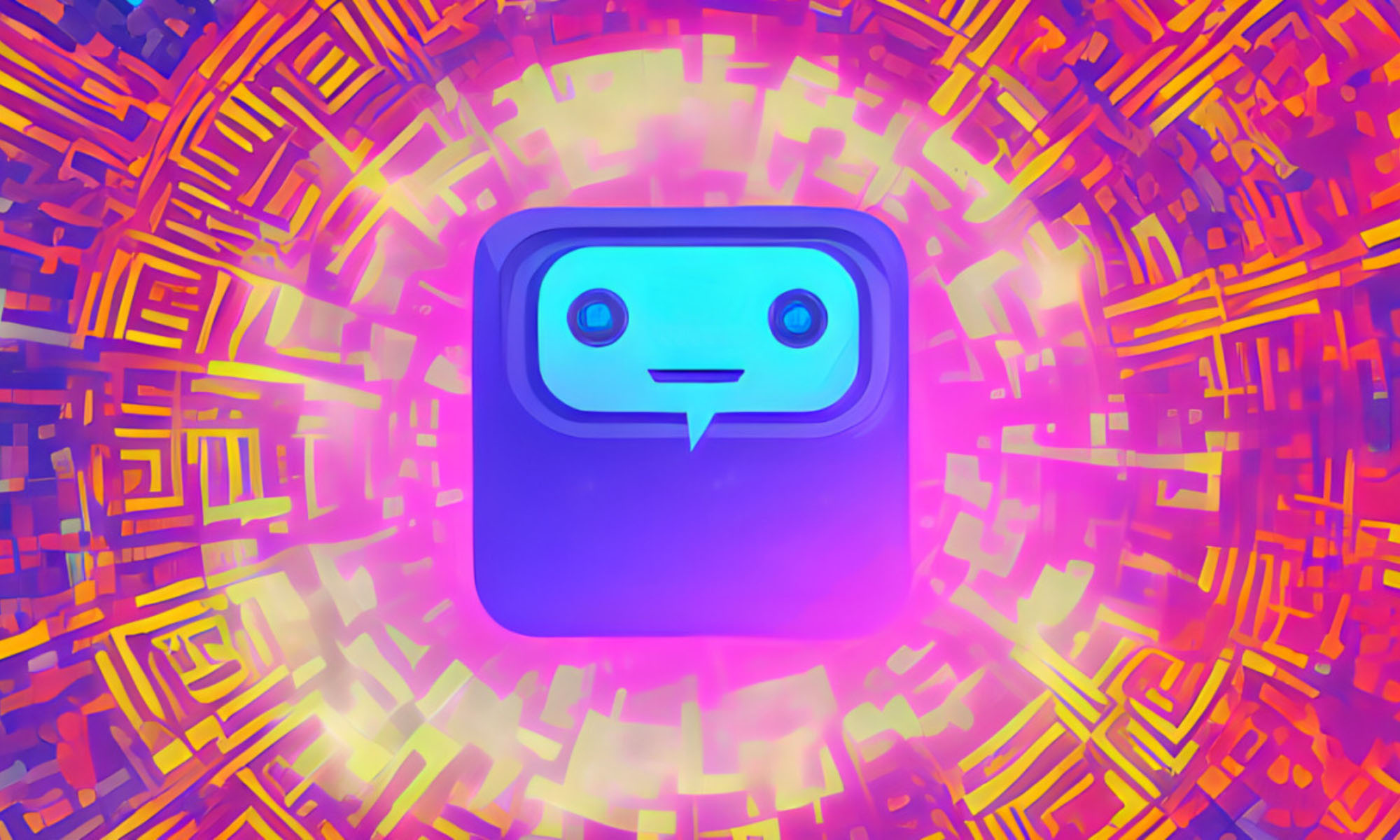News
Hackers Are Using ChatGPT As A Learning Tool For Malware
Hackers and cybercriminals are experimenting with the popular AI chat tool to lend a helping hand in their criminal activities.

OpenAI’s ChatGPT tool has become something of a viral sensation over recent months, with the ability to mimic human responses and even write entire essays for students.
However, ChatGPT’s powers — like many emerging technologies — can be put to work for more nefarious activities, and we’re now beginning to see hackers jump on the AI bandwagon to help them steal personal information more effectively.
Check Point Research, a leading cyber threat intelligence agency, has discovered that Russian fraudsters are experimenting with OpenAI’s ChatGPT for malicious purposes. Hackers have been seen on underground forums discussing how to get around IP address restrictions, credit cards, and phone numbers in order to use the AI tool.
“Right now, Russian hackers are actively discussing and researching how to bypass the geofencing to utilize ChatGPT for their harmful intentions. We think these hackers are most likely attempting to incorporate and test ChatGPT into their daily illegal activities,” says Check Point’s Threat Intelligence Group Manager, Sergey Shykevich.
Unfortunately, ChatGPT is such a potent and flexible tool that it can significantly reduce hacking expenses, as well as writing convincing human conversations and false information. More worryingly, the AI can even suggest usable programming scripts, enabling scammers with zero coding experience to create harmful malware.
Also Read: Starlink Teams Up With Elcome To Offer Maritime Internet
Cybercrime experts haven’t yet decided whether or not ChatGPT will become a new favorite tool for dark web criminals, but it’s clear that the technology is gaining momentum. Across the MENA region, there have been multiple instances of scammers using WhatsApp and other messengers to steal user’s money, but ChatGPT could help criminals go one stage further by creating convincing conversations complete with accurate grammar.
As more free-to-use AI tools appear on the internet, hackers will find increasing opportunities to create sophisticated and legitimate-appearing phishing campaigns, making it more important than ever for the public to carefully audit their online security.
News
Google Releases Veo 2 AI Video Tool To MENA Users
The state-of-the-art video generation model is now available in Gemini, offering realistic AI-generated videos with better physics, motion, and detail.

Starting today, users of Gemini Advanced in the MENA region — and globally — can tap into Veo 2, Google’s next-generation video model.
Originally unveiled in 2024, Veo 2 has now been fully integrated into Gemini, supporting multiple languages including Arabic and English. The rollout now brings Google’s most advanced video AI directly into the hands of everyday users.
Veo 2 builds on the foundations of its predecessor with a more sophisticated understanding of the physical world. It’s designed to produce high-fidelity video content with cinematic detail, realistic motion, and greater visual consistency across a wide range of subjects and styles. Whether recreating natural landscapes, human interactions, or stylized environments, the model is capable of interpreting and translating written prompts into eight-second 720p videos that feel almost handcrafted.
Users can generate content directly through the Gemini platform — either via the web or mobile apps. The experience is pretty straightforward: users enter a text-based prompt, and Veo 2 returns a video in 16:9 landscape format, delivered as an MP4 file. These aren’t just generic clips — they can reflect creative, abstract, or highly specific scenarios, making the tool especially useful for content creators, marketers, or anyone experimenting with visual storytelling.
Also Read: Getting Started With Google Gemini: A Beginner’s Guide
To ensure transparency, each video is embedded with SynthID — a digital watermark developed by Google’s DeepMind. The watermark is invisible to the human eye but persists across editing, compression, and sharing. It identifies the video as AI-generated, addressing concerns around misinformation and media authenticity.
While Veo 2 is still in its early phases of public rollout, the technology is part of a broader push by Google to democratize advanced AI tools. With text-to-image, code generation, and now video creation integrated into Gemini, Google is positioning the platform as a full-spectrum creative assistant.
Access to Veo 2 starts today and will continue expanding in the coming weeks. Interested users can try it out at gemini.google.com or through the Gemini app on Android and iOS.


























